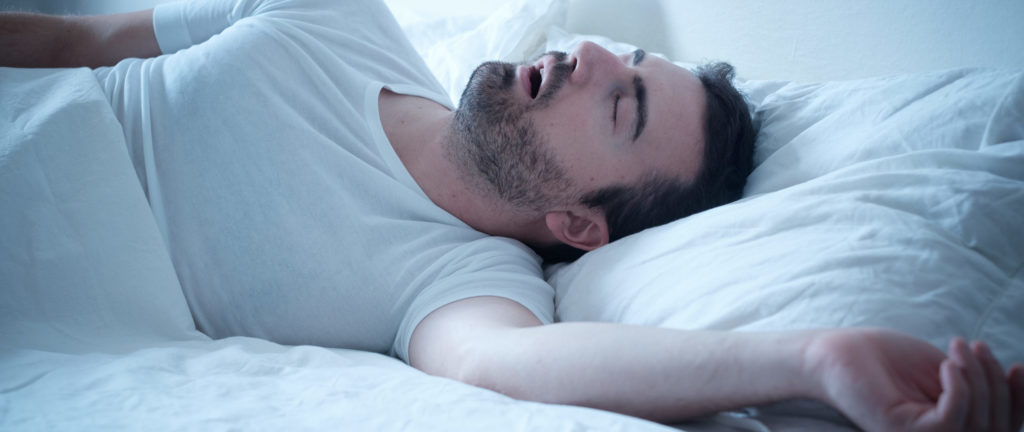Although sometimes snoring is harmless, nightly rumbling, rasping, or snorting sounds may signal sleep apnea, a chronic condition that disrupts sleep and can severely impact overall health.
According to the American Heart Association, 1 in 5 adults experiences some form of sleep apnea. The condition affects more men than women and can be classified into different types, including:
- Obstructive sleep apnea, the most common type, occurs when the soft tissues at the back of the throat relax and collapse during sleep, temporarily blocking the airway.
- Central sleep apnea is less common and occurs when the brain fails to properly communicate with the breathing muscles.
Regardless of the cause, all types of sleep apnea involve interruptions in breathing during sleep. Though brief, these breathless pauses significantly disrupt sleep, potentially hundreds of times a night. While each pause may never fully awaken someone with sleep apnea, the lack of sound sleep and lower oxygenation of blood to the brain leaves the person exhausted the next day and can have an adverse effect on health long term.
Symptoms of Sleep Apnea
Because sleep apnea only occurs during sleep, many people are unaware they have the condition. The bed partners of people with sleep apnea may be the first to notice something is wrong when they are repeatedly awakened by extremely loud snoring. Sleep apnea people may wake up in the night feeling out of breath, but this is not always the case.
More often, people with sleep apnea first learn of their condition when they experience severe morning headaches or persistent sleepiness throughout the day. Even these indications are not enough to confirm a diagnosis of sleep apnea, which is why your physician may order a sleep study in the home or a sleep laboratory before starting sleep apnea treatment.
Restoring Restful Slumber
If you or your bed partner think you might have sleep apnea, it is important to seek treatment promptly. Left untreated, sleep apnea can lead to a variety of serious health concerns, including high blood pressure, diabetes, and cardiovascular conditions, including heart attack, heart failure, stroke, or arrhythmia (irregular heartbeat).
Treatment for sleep apnea may consist of medication, behavioral therapy, oral appliances worn at night, or machines that assist with breathing, such as positive airway pressure (CPAP) devices. In some cases, surgery on the tongue, throat, jaw, or nasal passages may be needed to help prevent airways from becoming blocked during sleep.
Are You at Risk for Sleep Apnea?
While sleep apnea can happen to anyone, older adults are more likely to be affected. Additional risk factors include having a naturally small or restricted airway due to the shape of structures inside the neck and throat. Genetics may also play a role, as obstructive sleep apnea appears to run in families.
Lifestyle changes may be able to help you reduce your risk of sleep apnea. Because excess weight increases the amount of soft tissue in the throat and the chance of airway blockage, achieving and maintaining a healthy weight can help reduce the risk of sleep apnea. In addition, smoking and alcohol use can contribute to or worsen sleep apnea, so giving up these habits may also reduce your risk.
Sources:
heart.org, nih.gov, nih.gov
